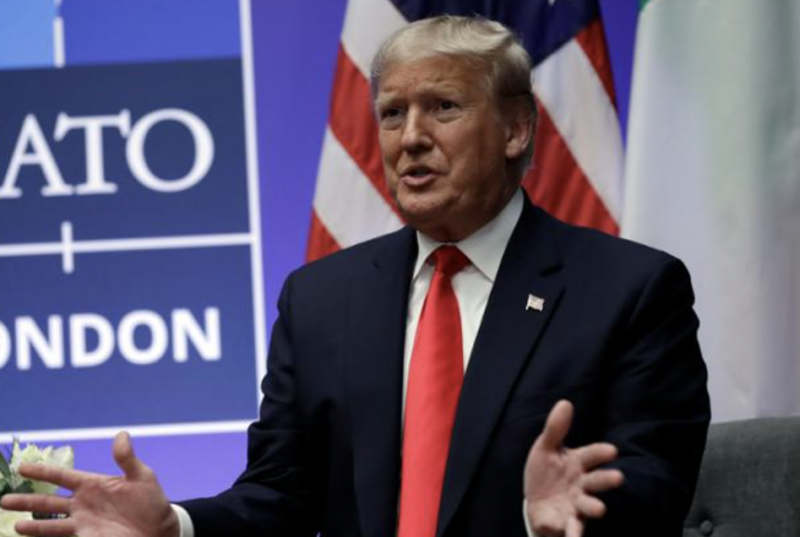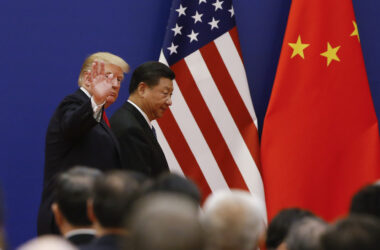President-elect Donald Trump has stirred the pot once again, calling on NATO nations to allocate 5% of their GDP to defense spending. Speaking at a press conference from his Mar-a-Lago resort in Florida, Trump doubled down on his push for increased military investment, a far cry from NATO’s current 2% target.
“I think NATO should have 5%,” Trump asserted. Reminding the audience of his past efforts, he added, “I’m the one that got them to pay 2%.” However, he didn’t clarify whether the U.S. itself would ramp up its defense spending to meet the proposed figure.
Currently, no NATO member, including the United States, hits the 5% mark for defense expenditures. Trump’s heightened demand comes as NATO grapples with new security challenges, exacerbated by Russian President Vladimir Putin’s 2022 invasion of Ukraine. The conflict has driven home the need for stronger defense measures, prompting a renewed focus on military readiness among member states.
NATO Secretary General Mark Rutte has already signaled a likely increase in the alliance’s spending goal, potentially to 3% of GDP. This adjustment reflects growing pressure to modernize defense systems and stockpile advanced weaponry.
A contentious topic hovering over NATO’s agenda is Ukraine’s potential membership. Kyiv has emphasized that joining NATO is pivotal for achieving peace with Moscow. Yet, Russia has consistently opposed Ukraine’s membership, with Trump acknowledging the long-standing nature of Moscow’s resistance. “Russia has been vehemently opposed to NATO membership for Ukraine long before Putin’s time,” Trump remarked, adding, “I could understand their feeling about that.”
Trump also took a swipe at President Joe Biden, saying, “Somewhere along the line, Biden said, ‘No, they should be able to join NATO.’ Well, then Russia has somebody right on their doorstep.”
According to NATO’s latest projections, 23 of its 32 members are expected to hit the current 2% GDP target in 2024, a significant improvement from just three in 2014. However, spending varies widely among member states. Poland leads the pack, dedicating 4.7% of its GDP to defense in 2023, equating to a record 186.6 billion zloty ($45 billion). Meanwhile, Germany, despite being the EU’s top supplier of military aid to Ukraine, allocated only 2.1% of GDP, roughly €72 billion ($75 billion).
Marcus Faber, head of Germany’s Bundestag defense committee, told Bloomberg News that NATO members are already discussing raising the defense spending goal. However, he suggested the final figure would likely land closer to 3% rather than Trump’s ambitious 5%. “And of course, this will be decided and agreed on by consensus — and not by one member state alone,” Faber emphasized.
Trump’s bold proposal reflects his ongoing influence over NATO’s defense policy debates. With the alliance poised to reassess its priorities, Trump’s push for higher spending has reignited conversations about balancing security needs with financial realities. The road ahead for NATO, it seems, will require delicate diplomacy to maintain unity among its members.




